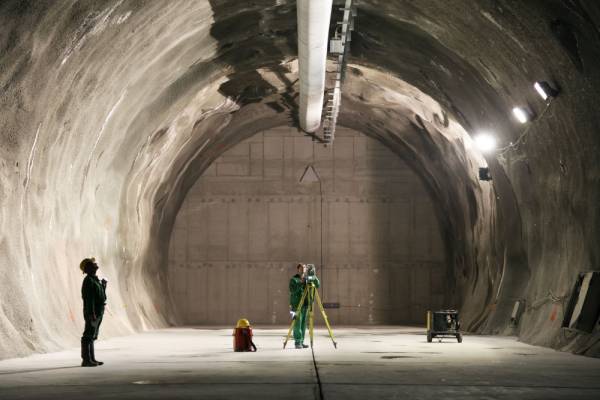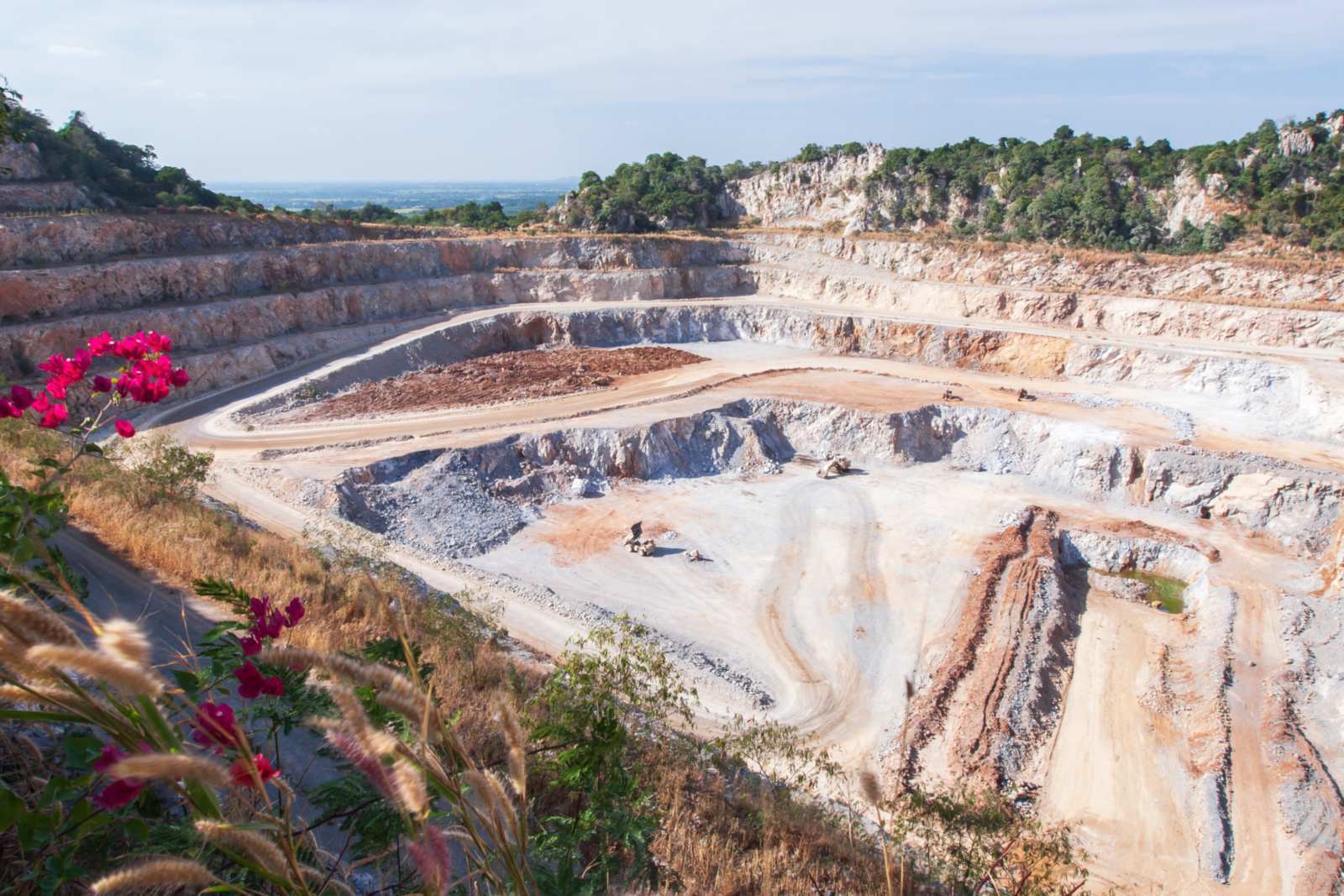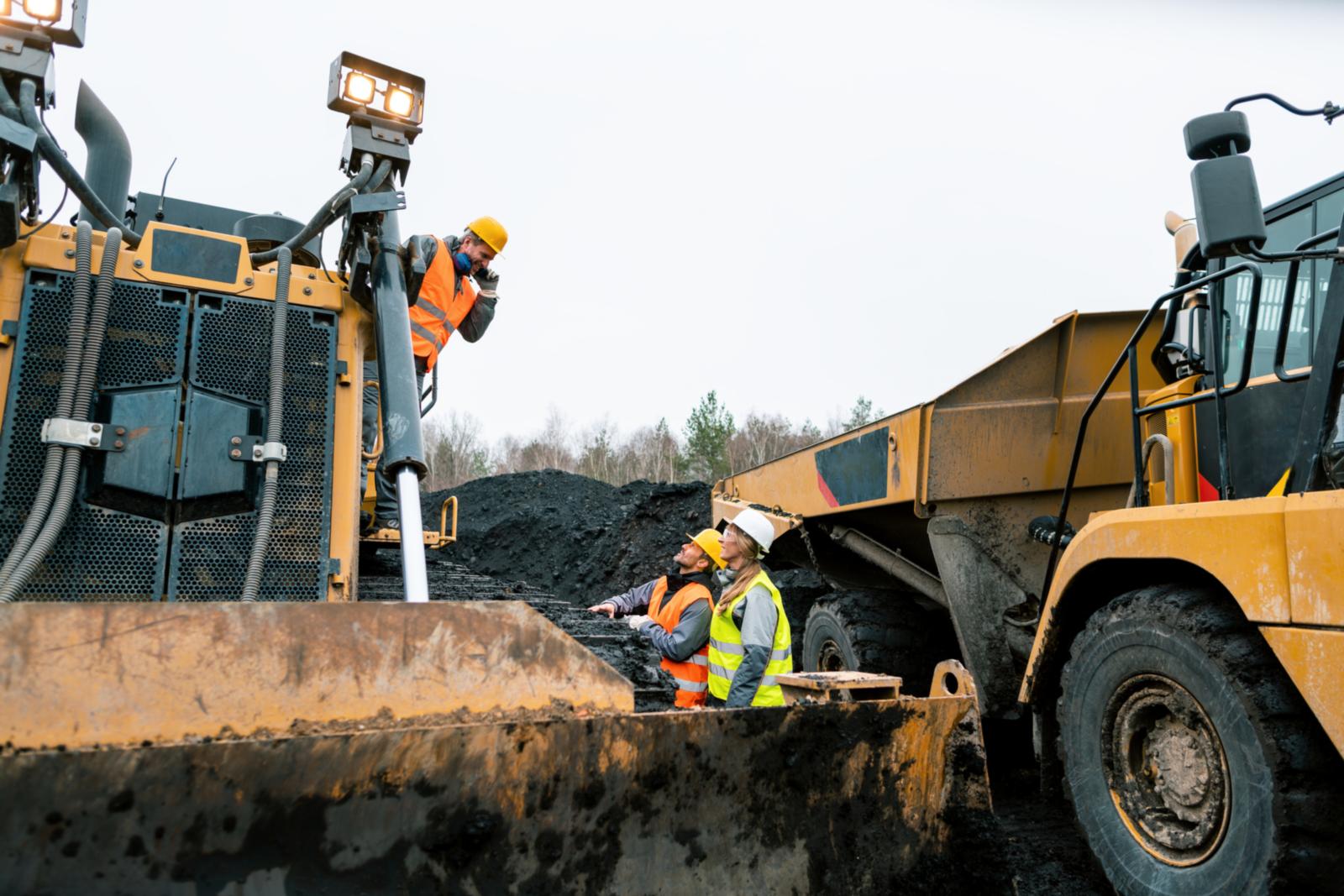
What Is It?
The RAMJACK Rock Movement Monitoring System consists of the real-time monitoring of extensometers that are either active (instrumented cable bolt) or passive (MPBX – Multipoint Borehole Extensometers) rock support systems. Measuring the Elastic Deformation of the rock and the movement that occurs beyond breakage is a vital component of any geotechnical program and/or blast re-entry process.
How Does It Work?
The mine selects either active or passive extensometers and these instruments are custom-built to the required specifications (in terms of length and number of anchors) and are installed and grouted in a dedicated borehole. The extensometers are powered by a battery powered data logger which also captures and transmits the readings wirelessly. Ultimately, the data arrives at a gateway and is transmitted via the mine’s communications infrastructure (leaky feeder, Ethernet, WiFi or LTE) back to the mine’s central sever where the data is stored in an SQL Server Database.


Why Does It Matter?
Our Rock Movement Monitoring Systems increase mine safety and efficiency by tracking Fall Of Ground (FOG) risk by measuring rock displacement. In underground mines, rock movement monitoring plays an important role in blast re-entry safety. In such applications, extensometers are placed at intersections in order to measure the elastic response of the rock due to blasting. If breakage occurs, it is detected by the extensometers. The area can then be re-assessed by the extensometer data to see if the intersection needs to be rehabilitated. Therefore, by monitoring, the elastic response of the rock in real-time and detecting non-elastic behaviour, rehabilitation of critical areas can be prioritised before catastrophic failure occurs and lives can be saved.
